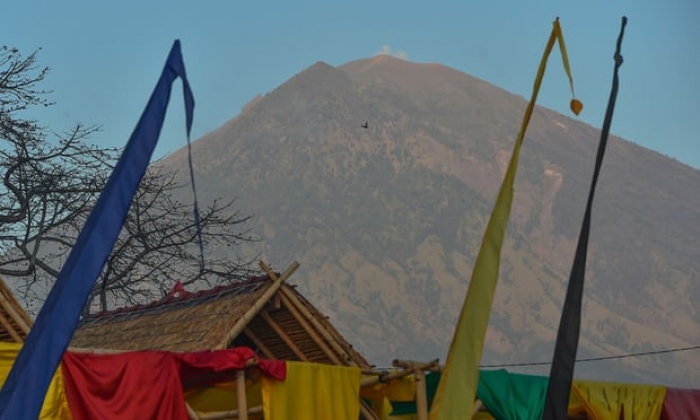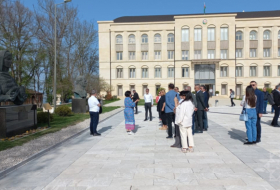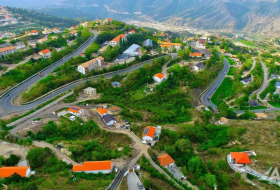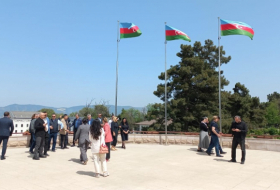Analysis Bali volcano: will Mount Agung erupt and what happens if it does?
Potentially deadly pyroclastic flows, a briefly cooler climate and flight disruptions are on the cards
Read more
With hundreds of internal volcanic earthquakes each day and a 4.2-magnitude earthquake on Tuesday afternoon, Agung’s rising seismicity has put people in Bali on edge.
Indonesian transportation minister Budi Karya Sumadi said preparations had been made in anticipation of any disruption to air travel through the country’s second-busiest airport.
The designated airports – in Jakarta, Makassar, Surabaya, Balikpapan, Solo, Ambon, Manado, Praya, Kupang and Banyuwangi – will serve as alternative routes should a volcanic eruption and expected ash cloud force Bali’s Ngurah Rai international airport to close.
Budi also called for increased agency coordination to mitigate logistical issues, including the extension of visas for stranded travellers.
“If a tourist must overstay due to the eruption of Mount Agung, then immigration must provide assistance related to the extension of their tourist visa,” he said in a statement.
Nearly five million people visited the popular resort destination of Bali last year, mostly from Australia, China and Japan. Bali’s airport was operating as normal on Wednesday, but Virgin Australia and Jetstar have said they will carry extra fuel in case their planes are required to alter course.
In the coastal village of Amed, 10 miles (16km) from Mount Agung, the effects of the volcanic rumblings on tourism are already being felt.
Anna Richardson, a British diving instructor who works in Amed, said tourists had panicked and left when the the danger level was raised to the maximum level last Friday evening.
“The streets were suddenly really busy and there were a few tremors, so there was a mass panic, with roads blocked. It took some people six hours to get to Sanur,” she said, of a drive that normally takes about two hours.
Richardson said most dive shops and many restaurants had shut down in Amed over recent days. In a town that relies on tourism, she said, prolonged uncertainty would likely hurt the local economy.
Indonesia’s National Disaster Mitigation Agency has installed warning sirens to alert the public in the event of an eruption and about 75,000 people have been evacuated, seeking shelter in hundreds of temporary camps.
Indonesian president Joko Widodo, known as Jokowi, and the first lady Iriana paid a visit to two of the camps on Tuesday afternoon. “While the government will continue to try to minimise the economic losses of the community, the most important priority is the safety of the people here,” he said.
Volcanologists have stressed that it is impossible to say if and when Mount Agung might erupt, only that there is increased probability that it will.
“There is no certainty when it will erupt, or even if it will erupt. And we cannot predict exactly when and with how much intensity,” said Jokowi.
The president’s visit coincided with the delivery of trucks of government aid valued at 7.2 billion rupiah (£400,000/AU$685,000), including more than 18,000 mattresses, 12 tons of rice, 520,000 masks and books for children.
Mount Agung is located on the notorious ring of fire, a string of volcanoes and seismic activity that runs through the Indonesian archipelago and the edges of the Pacific Ocean. It last erupted in 1963, when more than 1,000 people were killed.
According to Devy Kamil Syahbana, a seismologist from Indonesia’s volcanology centre, that eruption took one year to cease.
More about: #Bali
















































